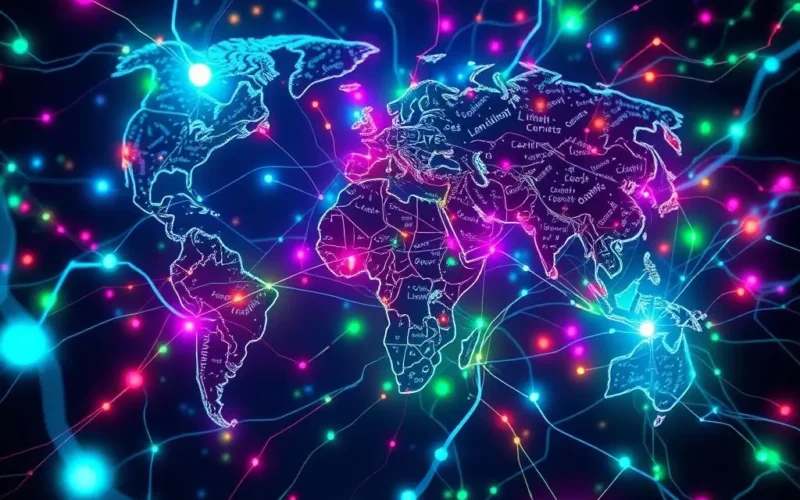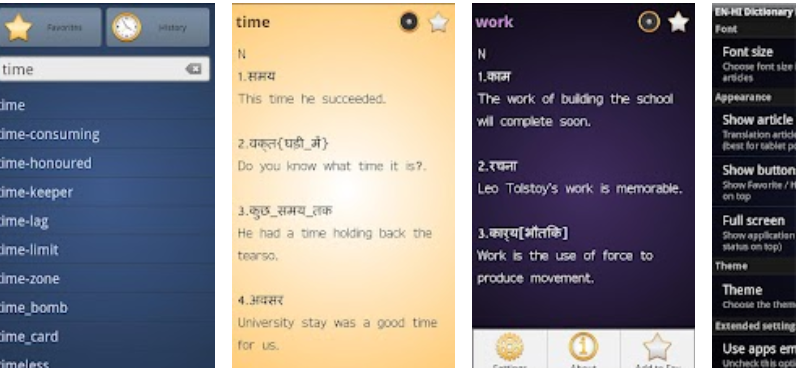Ever found yourself wishing you could simply understand anyone, anywhere, without missing a beat? For ages, language barriers have stood like formidable walls, limiting our ability to connect, trade, and learn across cultures. Phrasebooks and dictionaries felt like relics of a bygone era even before we fully stepped into the digital age. But now, thanks to the rapid evolution of Artificial Intelligence, those walls are beginning to crumble.
AI-powered translation is fundamentally changing how we interact with the world. It’s moving beyond merely swapping words one-for-one and stepping into the realm of understanding context and nuance. Imagine traveling to a distant land and having fluid conversations, expanding your business globally without logistical linguistic headaches, or instantly accessing knowledge from sources published in languages you don’t speak. This isn’t science fiction; it’s the reality AI translation is building, phrase by phrase.
Table of Contents
The Long Journey to Understanding Across Tongues
Humanity has always sought ways to bridge linguistic divides. For centuries, this relied solely on skilled human translators and interpreters – an art form requiring deep cultural and linguistic understanding, but inherently limited in speed and scale. The advent of computing brought early attempts at machine translation, starting with simple rule-based systems in the mid-20th century. These were rigid and often produced hilariously inaccurate results, struggling with anything beyond basic sentences.
Later, statistical machine translation (SMT) emerged, analyzing vast amounts of text data to find the most probable translations. This was an improvement, offering better fluency, but still often lacked the coherence and natural flow of human language, particularly with complex sentence structures or idiomatic expressions.
The real leap forward came with the application of Artificial Intelligence, specifically Machine Learning and deep neural networks. This ushered in the era of Neural Machine Translation (NMT).
Behind the Curtain: How AI Makes Sense of Language
Unlike earlier methods that worked word-by-word or phrase-by-phrase based on statistical probabilities, AI translation, particularly NMT, attempts to model the entire sentence or even surrounding sentences. It uses complex neural networks, inspired loosely by the structure of the human brain, to learn patterns directly from massive datasets of translated text.
At its core, NMT typically uses an ‘encoder-decoder’ architecture. The encoder reads the input sentence in one language, processing it into a complex numerical representation (a ‘context vector’) that captures the meaning and context. The decoder then takes this representation and generates the corresponding sentence in the target language. More advanced models, like those based on the Transformer architecture (the foundation for many modern large language models), use ‘attention mechanisms’ that allow the model to focus on different parts of the input sentence when generating each word of the output sentence, significantly improving accuracy and handling long sentences better.
This approach allows AI to grasp context, handle grammatical structures more effectively, and produce far more natural-sounding translations than ever before. It’s less about direct word substitution and more about conveying the overall meaning.
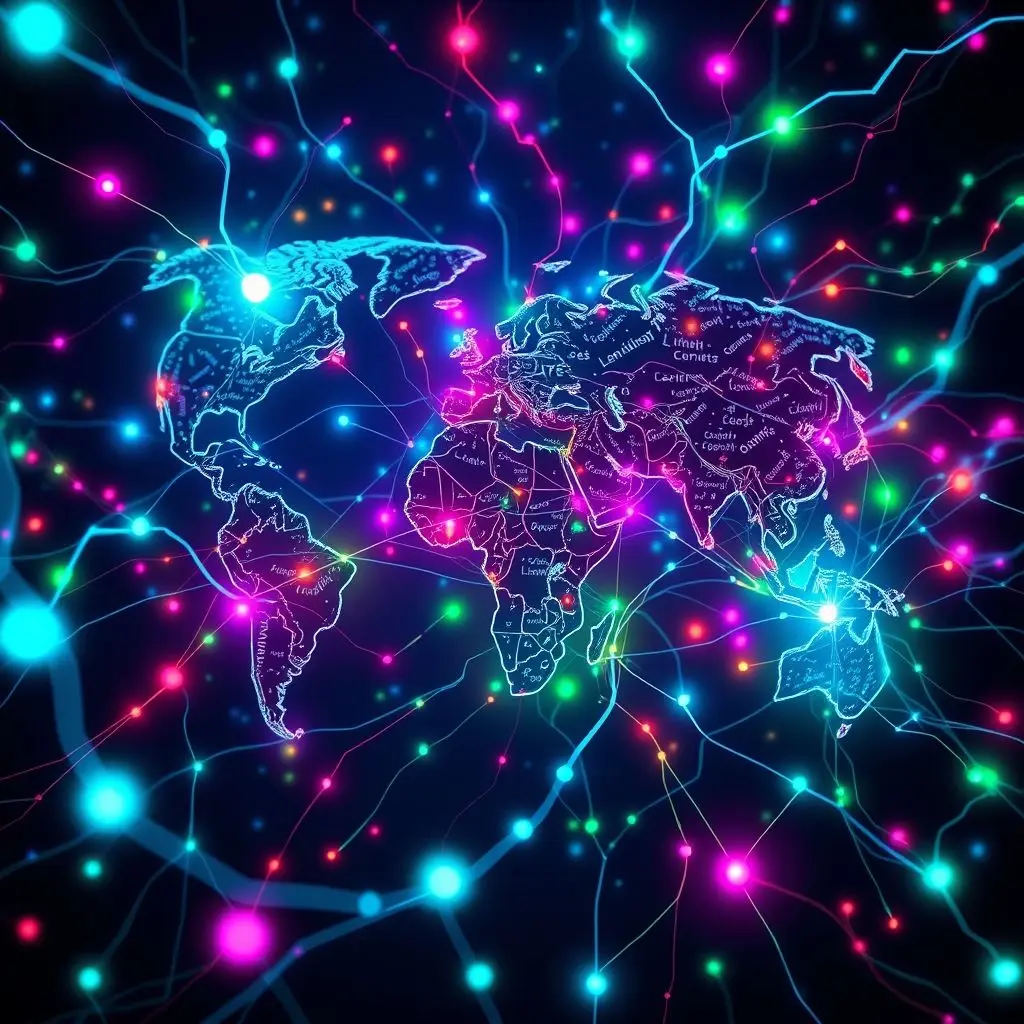
From Concept to Conversation: AI Translation in Action
The impact of this technology is already widespread, integrating seamlessly into our daily lives and opening up new possibilities:
- Travel and Tourism: Real-time translation apps allow travelers to navigate foreign cities, understand menus, and communicate with locals, transforming intimidating trips into accessible adventures.
- International Business and E-commerce: Companies can translate websites, marketing materials, and communications instantly, reaching global markets and interacting with international partners and customers without significant delay or cost.
- Education and Learning: Students and researchers can access information from around the world, translating academic papers, online courses, and educational videos regardless of the original language. Language learners can use translation tools to understand complex texts or check their own compositions.
- Content Creation and Accessibility: AI translation enables content creators to subtitle or dub videos and translate written articles, making information and entertainment accessible to a much broader, multilingual audience.
- Personal Communication: Messaging apps and email services often integrate AI translation, allowing individuals to communicate with friends, family, or colleagues across language barriers effortlessly.
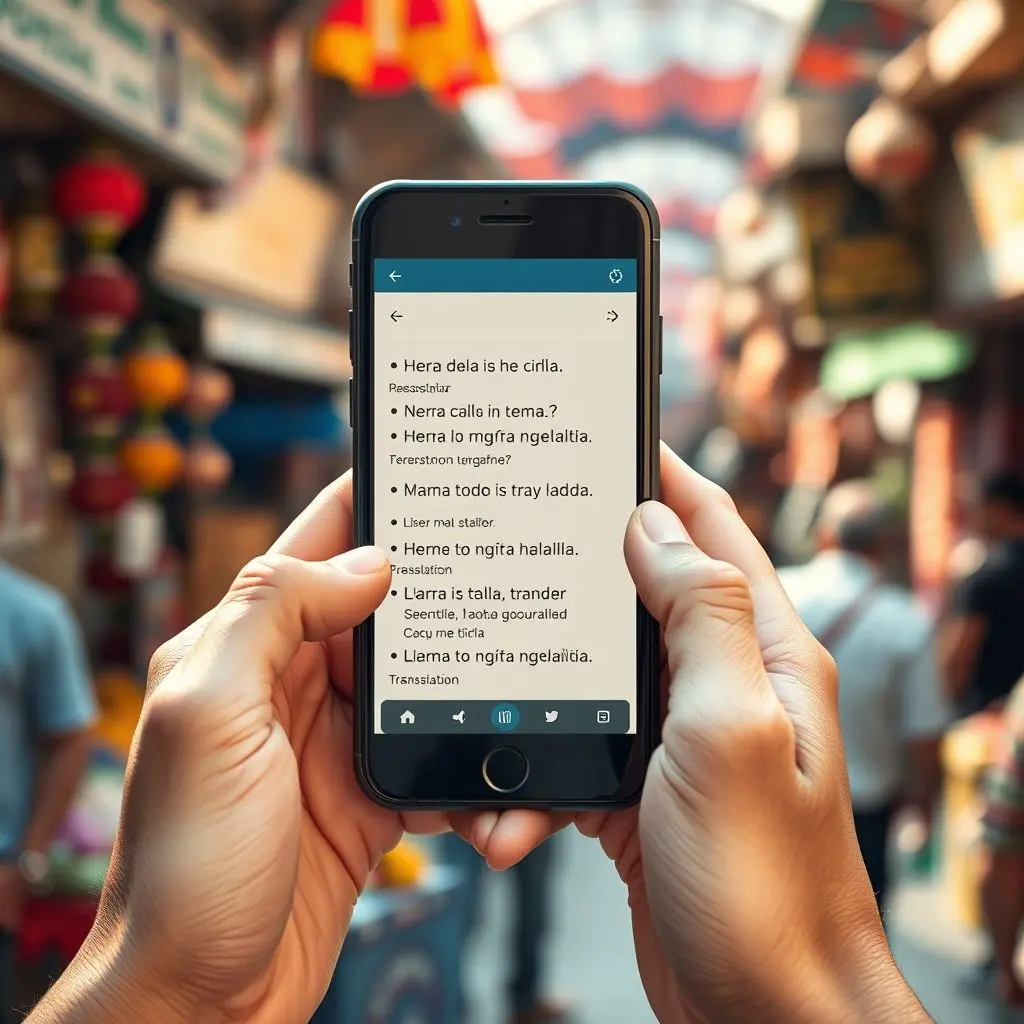
Still not quite visualizing this borderless world powered by instant language? Let our quick video give you a glimpse:
The Hurdles AI Translation Still Faces
While AI translation is incredibly powerful, it’s not perfect. There are still significant challenges:
- Nuance, Idioms, and Slang: These are deeply cultural and often don’t have direct equivalents. AI can struggle to understand and correctly translate non-literal language, leading to awkward or incorrect outputs.
- Contextual Ambiguity: Sentences can have different meanings depending on the surrounding text or the situation. AI models, despite advancements, can still misinterpret context, especially in highly technical or creative writing.
- Low-Resource Languages: AI models require vast amounts of data for training. Languages with limited digital text resources or less available translated content perform less accurately than widely spoken languages.
- Data Bias: Training data reflects human language use, which can include biases (gender, cultural stereotypes, etc.). These biases can inadvertently be learned and reproduced by the translation model.
- Privacy Concerns: Sending sensitive or confidential information through online translation services can raise privacy issues, as the data is processed by third-party servers.
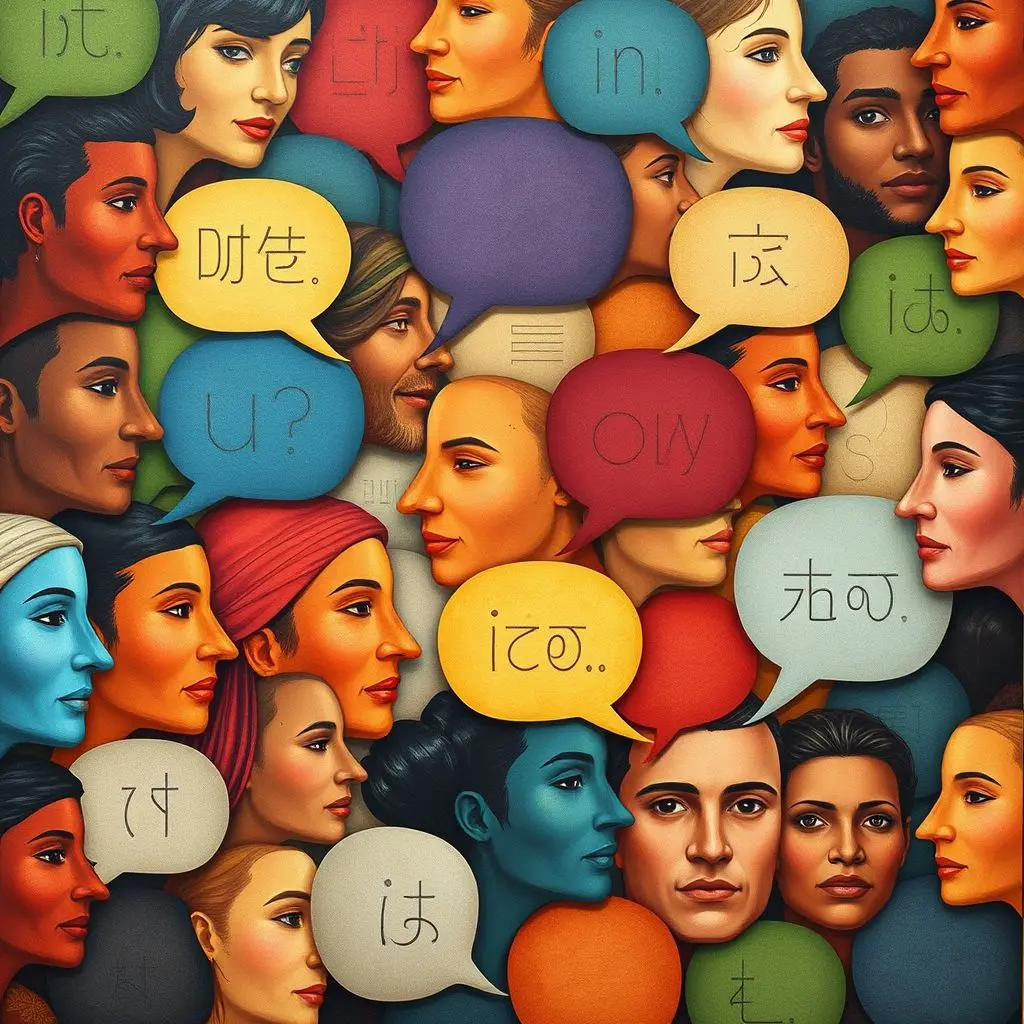
Looking Ahead: The Path to Universal Understanding
The field of AI translation is rapidly evolving. Researchers are constantly working on improving accuracy, particularly for challenging linguistic structures and low-resource languages. The future holds the promise of even more seamless integration, perhaps through wearable devices that offer real-time whispered translations or augmented reality overlays that translate text in your environment instantly.
We might also see more personalized translation models that adapt to a user’s specific vocabulary or communication style, or multimodal translation that can understand and translate not just text and speech, but also visual cues and context from images or videos.
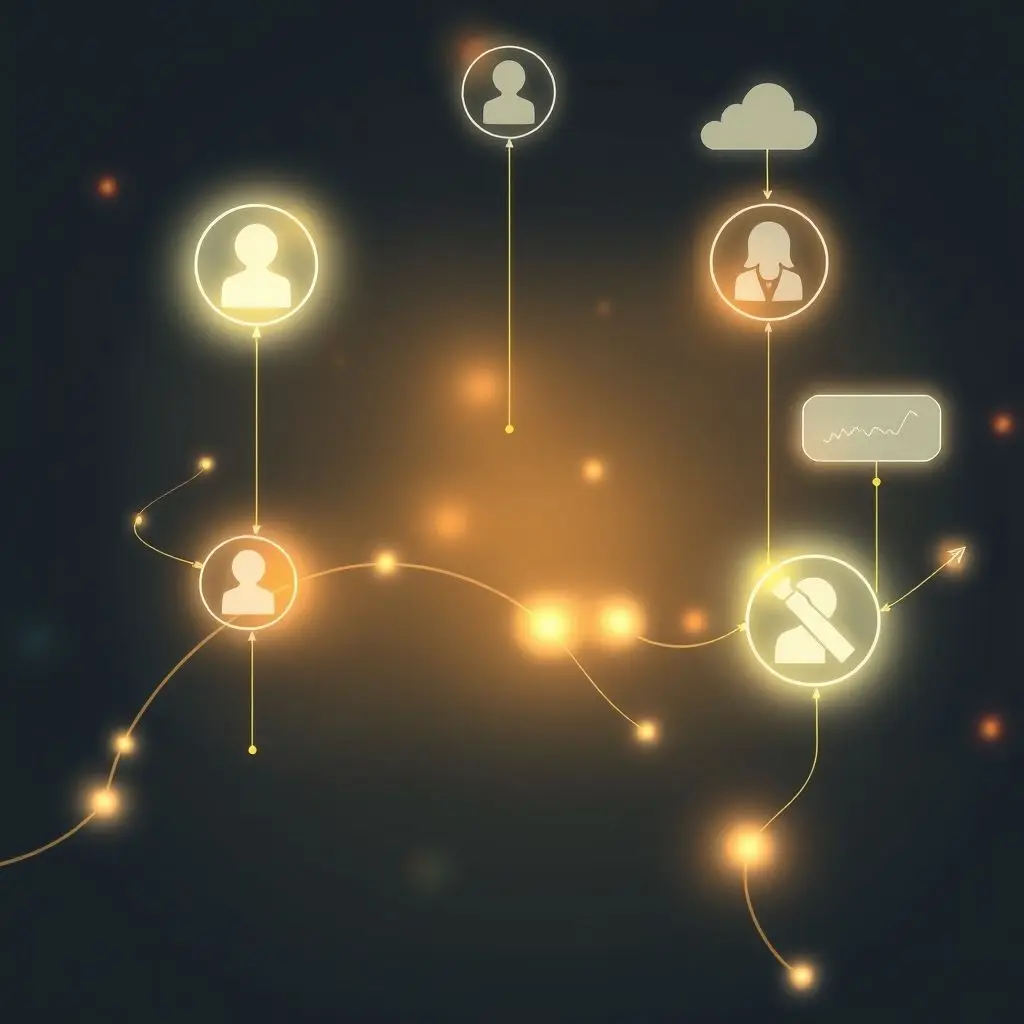
Frequently Asked Questions About AI Translation
- Is AI translation as good as human translation?
- For many common tasks and general communication, AI is remarkably effective, fast, and scalable. However, for highly sensitive, creative, or technically complex content where deep cultural understanding, specific domain knowledge, and stylistic flair are critical, human translators still hold the advantage. AI is often best used as a tool to augment human translation or for tasks where speed and volume are paramount.
- Can AI translate in real-time during conversations?
- Yes, real-time conversation translation is increasingly possible with dedicated apps and devices. While impressive, it can still have slight delays (latency) and occasional errors, especially in noisy environments or with rapid, complex speech. Accuracy continues to improve.
- Is my data safe when using online AI translation services?
- It depends on the service provider. Reputable services generally have privacy policies outlining how your data is handled. For highly confidential information, using internal or on-premises translation solutions, if available, or relying on human translators might be safer. Always review the privacy policy of any service you use.
More Than Just Swapping Words
Ultimately, AI for language translation is doing something far more significant than just converting text or speech from one language to another. It’s dismantling the invisible walls that have separated communities and limited interaction for millennia. It’s fostering empathy by allowing us to hear and understand perspectives from different linguistic backgrounds. It’s unlocking unprecedented opportunities for global collaboration, learning, and cultural exchange.
As AI translation continues to refine its ability to grasp the subtle complexities of human language, we move closer to a world where understanding isn’t hindered by the tongue you speak, but enriched by the sheer variety of voices we can now easily access. Ready for that truly borderless world?
